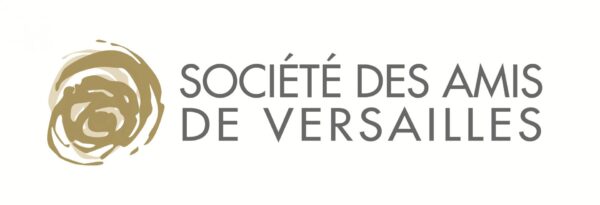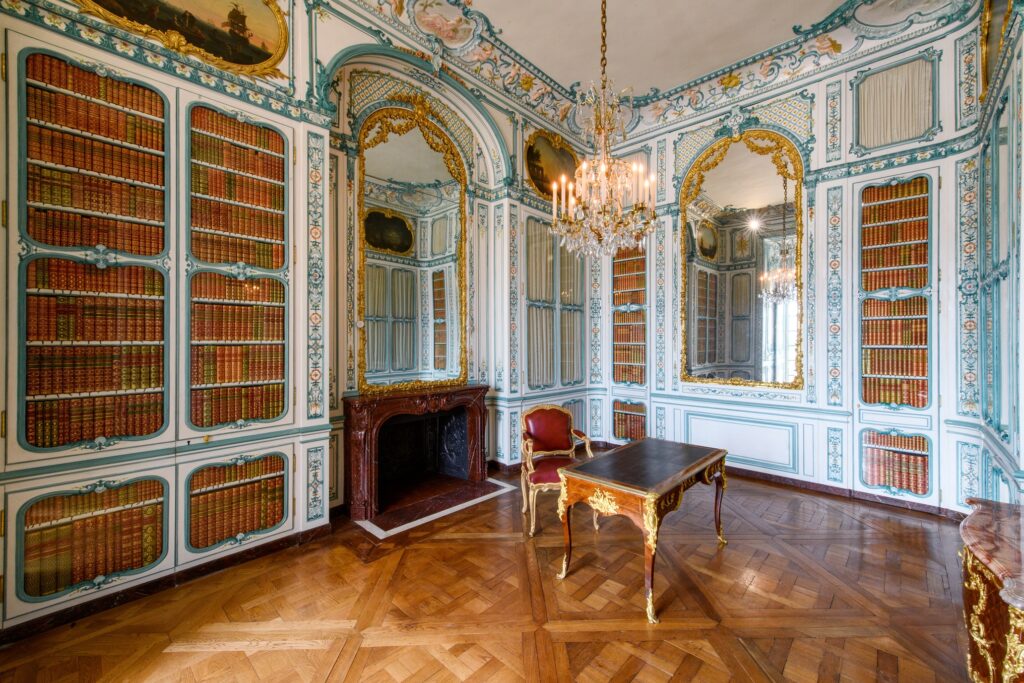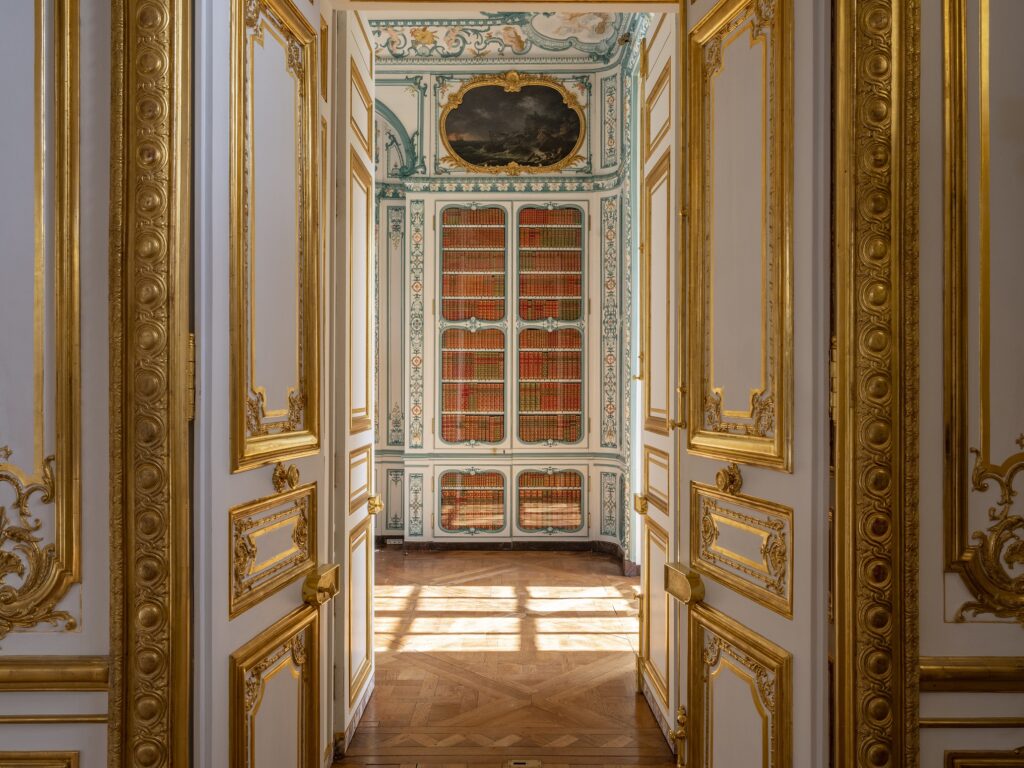Embarking on an enlightening interview with The Société des Amis de Versailles – a French TGE beneficiary introduced by our esteemed partner Fondation de France. Gain exclusive insights into their dedicated endeavors aimed at preserving and promoting the rich cultural heritage of the Palace of Versailles. Join us as we delve into a captivating conversation, with Jérôme Plouseau, the president of The Société des Amis de Versailles, unravelling the intricate tapestry of Versailles’s historical significance.
Could you provide an overview of the Société des Amis de Versailles’s mission and activities? How was the charity started and what objectives is it pursuing?
The Société des Amis de Versailles is as one could say, an “old lady”, yet still steady and dynamic. It was started in 1907 thanks to a public outcry. On November 3, 1907, Eugène Tardieu, a journalist for the Echo de Paris alerts to the deteriorating state of the Hameau de la Reine and the parc of the Petit Trianon, expressing a desolation shared by many French and foreign visitors. A great movement of awareness triggers for the protection of Versailles and the necessity of a Friends of Versailles organisation becomes an evidence.
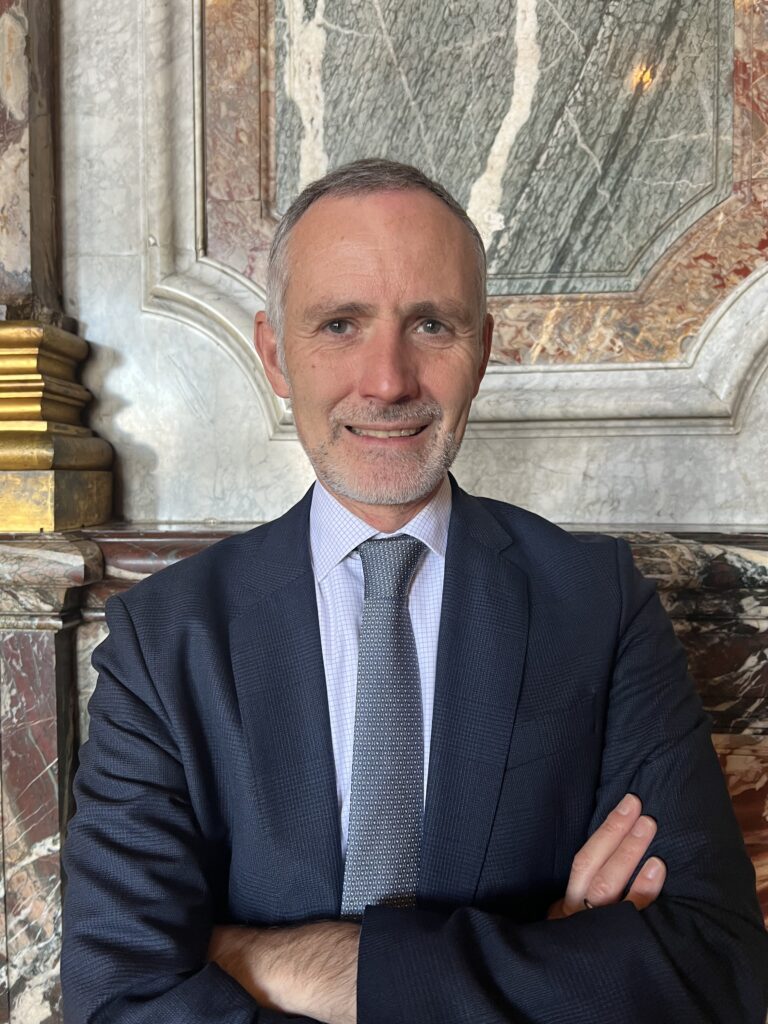
© Société des Amis de Versailles
Pierre de Nolhac, curator of the museum, offers his full support to the initiative. A founding committee is constituted. Alexandre Millerand and Raymond Poincaré, both future presidents of the French Republic, draft the articles of association. On December 19, 1907, the Société des Amis de Versailles was born. Governed by the Act of 1901 on Associations, the Friends of Versailles, was state-approved as “reconnue d’utilité publique” on April 16, 1913.
Since then, the Société has grown and developed in France, in the United States and in Europe, through sister organisations, to reach more than 5 000 members and donors today.
The Société des Amis de Versailles aims to restore and enhance the Palace, its surrounding park, and its collections with the utmost enthusiasm and sensitivity. Each year we make various acquisitions for the Palace and also engage in restoration projects. Each year the Société des Amis de Versailles produces an edition of Versalia, an internationally renowned scholarly journal founded in 1997. This publication is the work of reference on all the aspects of art and history encompassed by the Palace. Entirely financed by the Société des Amis de Versailles, this publication strives to enrich understanding of the national heritage of Versailles.
Are there any upcoming projects or initiatives that the non-profit organisation is particularly excited about?
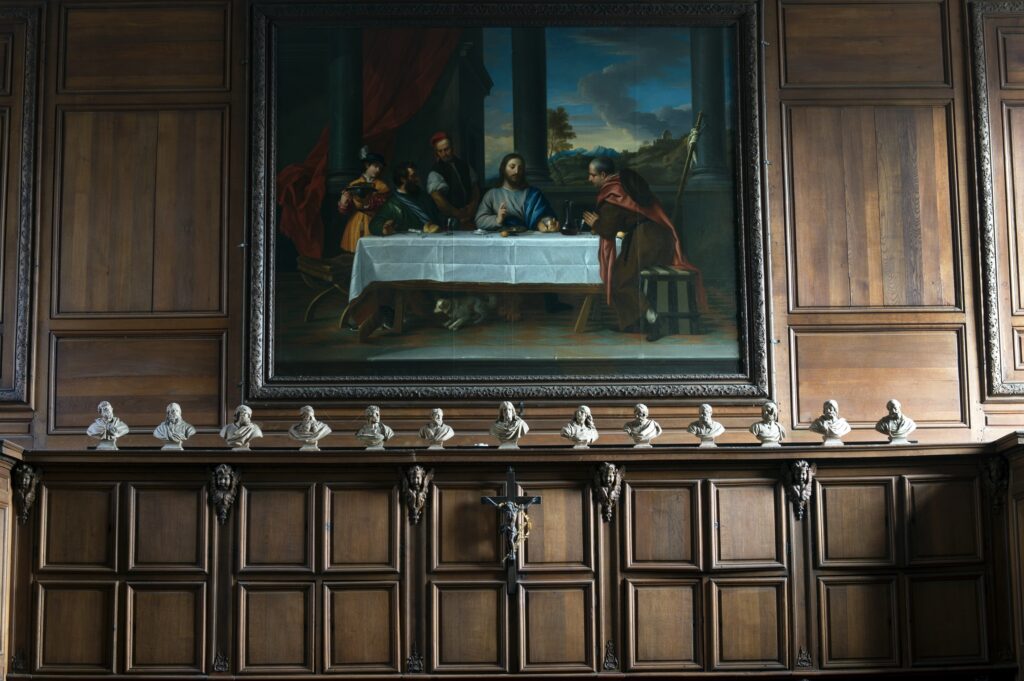
On November 8, the Société des Amis de Versailles has launched a new campaign in favor of restoring the annexes of the Royal Chapel. These annexes are comprised of three main rooms: the Grand sacristy, the Pièce du Lavabo, and the corridor. These spaces were built at the beginning of the 18th century to ensure the worship and the operations of the Chapel. Austere yet grand, they offer a real harmony thanks to the distinct use of natural oak wood panelling à la capucine and its full decoration.
The adjacent rooms to the Chapel are quite extraordinary as they have remained mostly untouched by the Palace’s many inhabitants throughout the centuries. They offer rare and precious insight into the daily lives of courtiers and Chapel priests during the Ancien Régime.
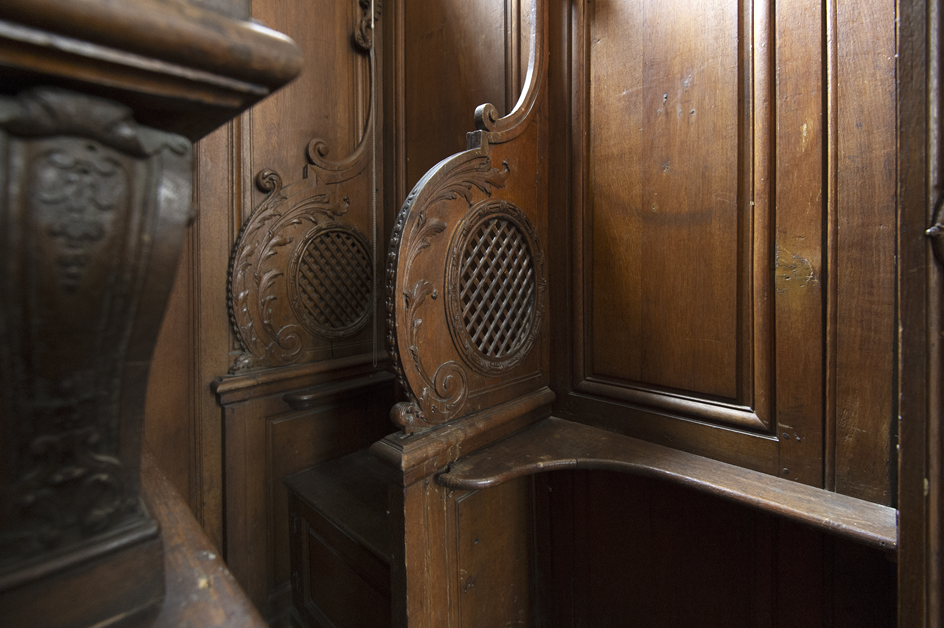
Although exceptional, the annexes are in dire need of a restoration to ensure structural integrity as some part of the floor has sunk by more than ten centimeters which caused significant warping in the panelling. The Société des Amis de Versailles is proud to be able to contribute to this project and stay faithful to its first mission.
Furthermore, restoring and reorganising these spaces will allow for the creation of a new tour in a part of the Palace that had not been accessible until now. As well as the rooms, the Palace will present the Chapel’s treasury. Most of these liturgical objects date back from the 19th century. This museography project adds a new level of interest for the Société, as it ensures sharing more knowledge to the visitors.
What are some specific projects or initiatives supported by charitable giving, and what kind of impact have they had on the Palace and its cultural heritage?
We have recently achieved our 400th patronage project. Over the years I would say our contributions have enabled the Palace to keep opening spaces and enrich its collections. We have come a long way from the state of the Palace in 1907, our continuous efforts have added to the Palace’s aura.
Our 400th project was the restoration of the Dauphin’s Library. This project aimed to restore to its prime this unique and precious room, which concludes the superb series of room of the Dauphin’s Apartment. Now achieved, the Library once again bears witness to the quintessence of French art at its height. It is a meaningful project for us as this room can be seen in the open tour of the Palace.
How does the charity engage with donors, whether in France or abroad, and what strategies are employed to encourage international giving for the preservation and enhancement of the Palace? How does it ensure that donors are well-informed about the impact of their contributions and the ongoing work at the Palace?
We try as best as we can to have a genuine relationship with our donors. Every donation makes a difference, so it is our mission to deliver our thanks, sincerely and warmly to our donors. I would say it is a big part of our association identity. We are after all gathering “ Friends “.
As part of our thanks, we make sure our donors know where their money is going to. We inform them on the advancement of the projects by organising, when possible, a special visit, whether before, during of after restorations for instance.
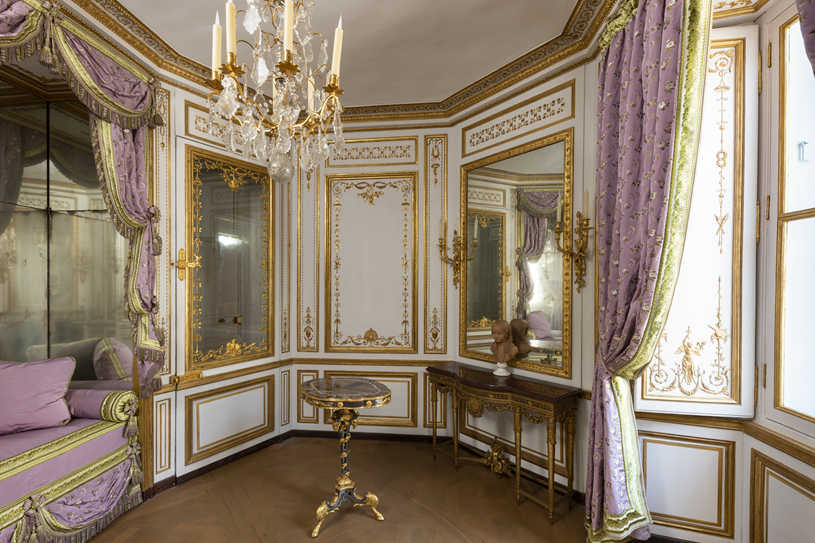
Last year the restoration of Marie-
Antoinette’s boudoir came to an end after ten years of restoration and
refurbishment works. To thank our donors, we invited them to discover the
completed room. We also designed a booklet which recounted the many steps it
took to accomplish this restoration. It was sent to every donor as a thank you
and as a souvenir and a reminder of the great project they were a part off.
Are there specific engagement strategies in place to involve a younger or more diverse audience in supporting the Société des Amis de Versailles?
Yes, there are ! In 2016 we started a new membership targeted to a younger audience: the Young Friends which comprises members from 0 to 25 years old. It is a way to give the keys of the Palace to young children and young adults who can invite someone else to share their interests as the membership allows them to bring a plus one.
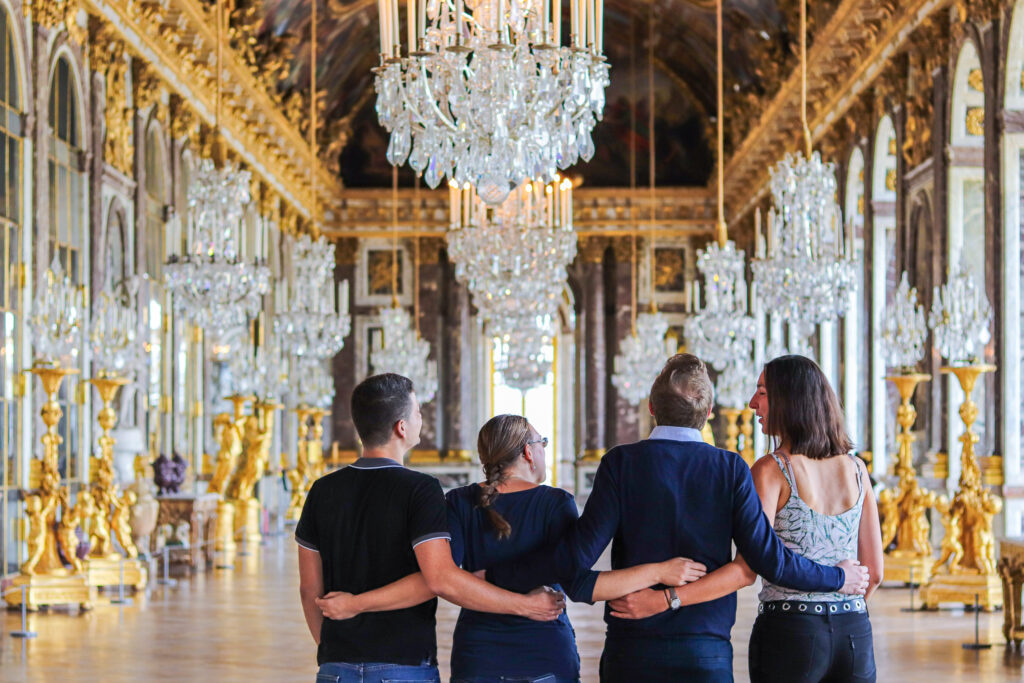
This membership is associated with an initiative from the French government called the “Pass culture”, which provides students in secondary school and high school with a fund dedicated to cultural activities and leisure time. They can use money from their pass to pay the Young Friends membership. Thanks to the pass, some get an access to the Palace and its gardens for the first time in their lives. In addition, each year, they are associated to a patronage project, to introduce them to philanthropy issues.
Finally, in 2019 we launched the Young Ambassadors, for members between 18 and 30 years old. This program was born from the will to create links between young adults members so they can develop projects together. They are all very attached to the Palace and its history thus they wanted to find a way to commit to the Société more effectively. They get access to a special program of activities and meet actors of the heritage world.
They are currently 350 members under the age of 30.
For donors and individuals interested in supporting the Société des Amis de Versailles, what are the various ways they can get involved, beyond financial contributions?
Donors and individuals interested by the Société’s work have a lot of ways to get involved. The Société is supported in its activities by a group of volunteers. Some of them have been at our side for more than twenty years ! They help us to organise private evenings and accompany visits from our program.
How has the partnership with Transnational Giving Europe (TGE) contributed to the non-profit organisation’s objectives, especially in terms of expanding cross-border giving and international support for the Palace of Versailles, as well as diversifying your donor base?
In 2010 the Société des Amis de Versailles founded the European Friends of Versailles association and network of donors. Its goal was to support the activities of the Amis de Versailles in greater Europe. The organisation pursues and develops support for restoration and acquisitions for the Palace, as well as ensuring the transmission of this European patrimony to future generations. In 2011 this group undertook the restoration of Marie-Antoinette’s bathroom. This project breathed life back into a precious and intimate space, shedding new light on life at Court. They also contributed importantly to the cabinet de la Méridienne, a project that ran from 2012 to 2022.
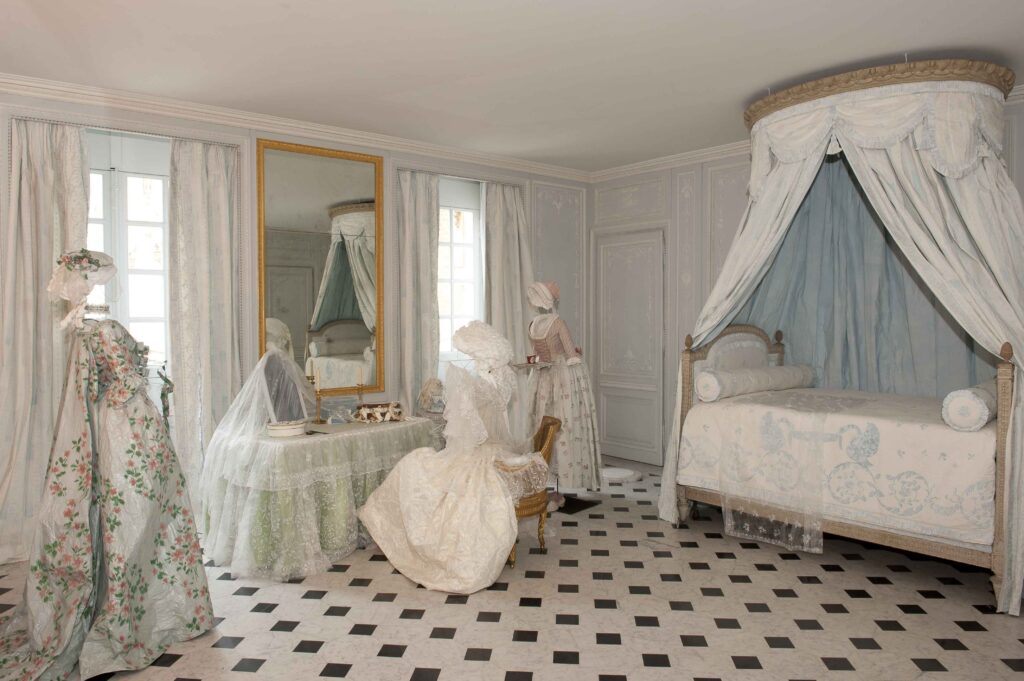
In 2022, the UK Friends group was officially created, to bring together members and donors of the palace of Versailles based in the United Kingdom. It was established to encourage a local platform for engagement and events and to continue to develop the network of those who love the Palace in the United Kingdom.
For us Transnational Giving Europe is an opportunity which makes possible cross-border cooperation to fund this kind of projects. We endeavour to create an international community of Friends thus we make the most of devices like TGE.
Could you share insights into the challenges and opportunities of cross-border giving in the context of preserving historical landmarks and cultural treasures like the Palace of Versailles? What kind of obstacles has the organisation encountered during its work?
The Estate of Versailles was one of the first sites to be listed as a UNESCO World Heritage site, in 1979, for its influence on the development of architecture and landscape design, its unique historical testimony and the fact it is a masterpiece of human creative genius and representative of a specific period of history and art history. Beyond this label we must acknowledge the fact that people around the world do, indeed, look up to the Palace and are involved in its projects, and overall preservation.
Versailles is a hallmark of French History and Arts and people are often eager to partake in our plan. Our history with the Americans, for instance, proves that we are looking beyond Versailles’s walls and French borders ! Sometimes, foreign visitors prefer to come to the Palace as “Friends” more than as “tourists”. Therefore, we are able to reach an international audience. Although it can be hard to make them renew their membership, as coming to the Palace is more a once in a lifetime experience, for them.
For us, I would say that our main difficulty is to share our new initiatives to broaden our audience. It can be hard to introduce donors to cross-border giving with tax deductibility, as well, since it is only a new possibility.
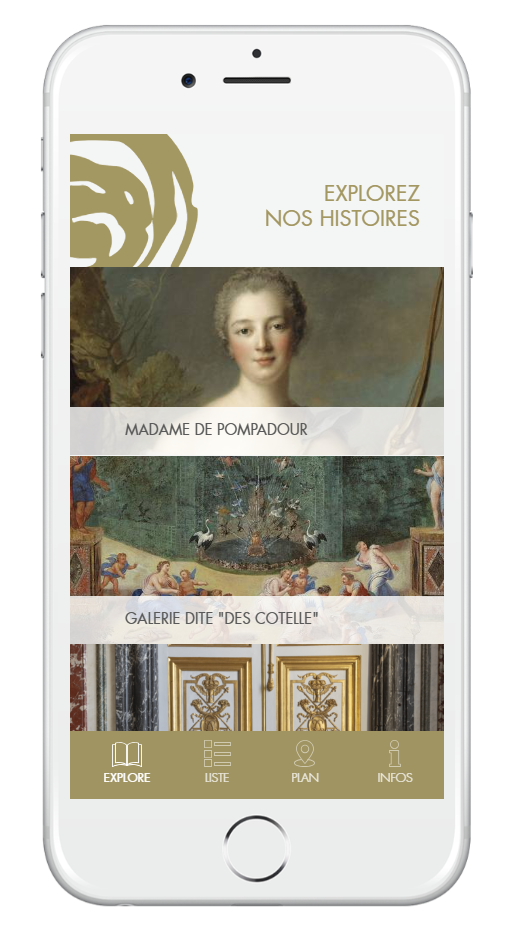
How do you see cultural heritage philanthropy developing in the coming years? What avenues will the Société des Amis de Versailles explore?
People in France but also abroad have grown an interest in the vast idea of “heritage”. They are more and more involved in this field, but they want to adapt it to modern issues as well. Currently there is an important focus on social and environmental matters so it could be interesting to develop projects that link these stakes. After all, a building of 400 years that is still standing, is a great example of sustainability.
This year, thanks to the patronage of Banque Populaire Val de France, we developed an app, called Les Trésors de Versailles. It provides the users with an index of all our patronage projects and for some, a more detailed storytelling. They can access the app offline and thanks to a map learn more about art pieces when they visit the Palace. Each object or restoration item comes with a note from a curator. Our patron was eager to finance a project which intertwined culture with education. So this, I think, is an avenue we shall explore more in coming years.
For further information, visit their website and their social networks!
